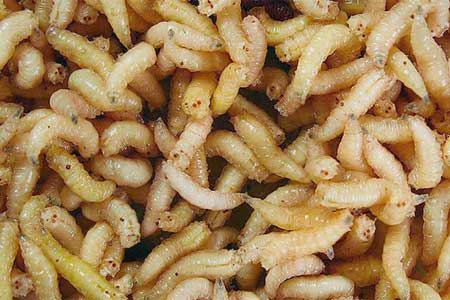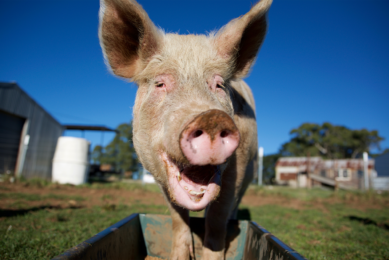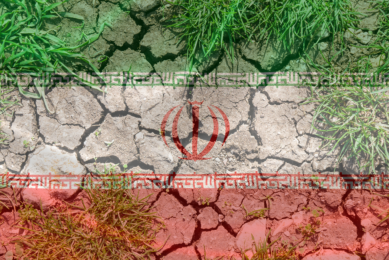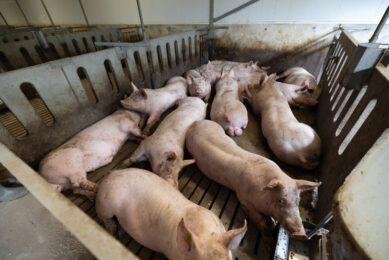Insects may be useful protein source

Research funded by the European Commission and UK government agencies is being carried out into alternative protein sources as soya prices soar. Livestock farmers could benefit in the future as researchers look into using insects as a viable source of protein.
This increased demand for meat has already exerted substantial pressure on global soya supplies which, being high in protein, are heavily relied upon to form the protein content of many commercial feeds. As a result, feed prices have increased dramatically over the last ten years, fuelling a 20% reduction in the size of the national pig herd between 2002 and 2012.
Due to geographic and climatic growing constraints, currently 80% of protein requirements for livestock within the European Union are met by importing protein sources from non-EU nations; a situation that is of growing concern due to the environmental impact of soya production and the spiralling price of the commodity.
As such, new EU funded research initiatives are being launched to investigate alternative sources of domestically produced protein, with one such project – PROteINSECT – examining the potential of fly larvae to fulfil the protein requirements of livestock feed.
Funded largely through contributions from the European Commission and co-ordinated by the UK’s Food and Environmental Research Agency (Fera) , PROteINSECT is working to prove that insects, specifically fly larvae, can be a significant protein contributor to livestock feed in the future; a view championed by the likes of agency scientist Dr Howard Bell.
“The larvae of flies are well adapted to grow on a range of organic ‘waste’ materials, producing large amounts of protein. The larvae can then be processed for incorporation into animal feed as a possible replacement for soya or fishmeal. An added benefit is that the remaining waste material is reduced in mass by as much as 50% and can be used as fertiliser”
The amount of protein that could be produced by such a system is impressive, with research indicating that large-scale production of larvae has the potential to produce 150 tons of protein per hectare; a stark contrast to current yields of 0.78 tons per hectare obtained via non-GM crop based alternatives.
These figures have not gone unnoticed and the Food and Agricultural Organisation (FAO) of the UN now believes that insects could play an important role in helping to meet livestock feed requirements in the future, with Director-General of the FAO Eduard Rojas-Briales stating that whilst insects do not represent a solution to all the worlds food security issues.
“Raising insects for feed is an environmentally friendly and efficient way of producing animal feed. Insects can be fed on bio-waste, compost and animal slurry and can transform these into high-quality protein for animals”. There are however a number of concerns that have been raised with regards the practicality of using larvae in livestock feed.
Under EU regulations, in response to the BSE and Foot and Mouth crises, insects are not allowed to form part of livestock feed; with animal product (insects being classed as animals) banned from consumption by livestock entering the food chain.
Some researchers have also questioned the feasibility of scaling up production levels to such an extent as to prove a cost competitive and readily available alternative to soya.
However, large-scale fly farms have already been established on an industrial scale in France, Canada and the Netherlands and the PROteINSECT project is working on the production of a White Paper to present to the European Commission; tackling concerns over food safety issues and addressing legislative problems that inclusion of insect protein in livestock feed could cause.
So whilst it may be years until insect larvae are used in livestock feed there is genuine hope that by creating a new sustainable, domestically produced and financially viable alternative to soya, some pressure will be alleviated from hard-pressed livestock farmers in the future.
Western Daily Press











